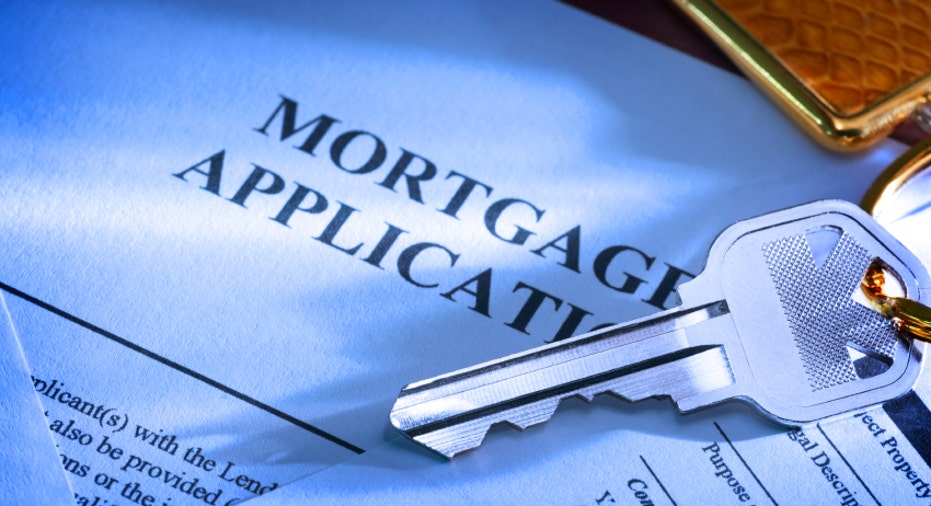Deja Vu for Lax Lending Standards?

Housing experts are growing increasingly concerned that lenders have very short memories.
Signs have begun to emerge in recent months that banks, eager to attract large numbers of borrowers in an effort to boost profits, are lowering their lending standards to levels that warrant comparisons to the wild and crazy days that preceded the 2008 financial crisis.
In those days, as everyone from the average homeowner to top Wall Street CEOs was profiting from skyrocketing home values, banks were so eager to lend that all rational underwriting standards were jettisoned, allowing millions of unqualified borrowers to obtain mortgages without offering a shred of proof they could pay the money back.
The fear now is that once the Federal Reserve bumps interest rates higher -- possibly later this year or in early 2016 -- and mortgage rates follow suit, the volume of mortgages and home loan refinancings will slip as borrowing becomes more expensive. In response, as this line of thinking goes, banks will lower their lending standards in an effort to offset the higher costs of borrowing and attract customers.
“That’s exactly what happened in 2004 and 2005,” said Leif Thomsen, founder and former chief executive of Walpole, Mass.-based Mortgage Master Inc., a home loan lender he sold earlier this year.
Banks ‘Reaching for Volume and Yield’
The situation has hardly reached the extreme conditions of the early and mid-2000s, but red flags are starting to pop up, leading to some expressions of deja vu.
Consider that the Office of the Comptroller of the Currency (OCC) reported late last year that an annual survey conducted by the financial regulator found that the largest U.S. banks have lowered their standards for some of the riskiest loans to levels not seen since the mid-2000s.
The OCC said 2014 was the third year in row during which underwriting standards “have eased within both commercial and retail products. This compares to very similar results noted in the 2006 underwriting survey, just prior to the most recent credit crisis.”
The regulator said the increasingly lax standards were a result of banks “reaching for volume and yield,” and added that while loan quality “is currently sound, credit risk is increasing through the continued easing of underwriting standards and accelerated loan growth.”
In other words, in order to make more loans and generate more profits, lenders are making it easier for borrowers to get loans. That’s not necessarily a bad thing, unless the pendulum swings too far back in the direction of pre-crisis conditions.
The Pendulum Swinging Back
Since the housing bubble burst, sending the U.S. into a deep recession, lenders have been enforcing far tighter credit standards, making it difficult for many first-time home buyers to scrape together a down payment and qualify for a mortgage.
Consequently, despite historically low interest rates that have brought mortgage rates to their lowest levels in decades, many consumers haven’t been able to get approved for a mortgage and the U.S. housing market has struggled to gain traction as the economic recovery slowly moves forward.
Critics of the tighter lending standards say it’s an example of the pendulum swinging too far in the opposite direction from 10 years ago, and that the tougher rules have acted as a drag on the economic recovery. But now the fear is that the pendulum is swinging back in the other direction.
Fannie Mae and Freddie Mac struck precisely that nerve late last year when in an effort to jump-start the sluggish housing market, the two quasi-government housing finance giants announced a controversial plan to allow some first-time homeowners to obtain a mortgage while putting down just 3% of the price of the home.
The decision to return to low down payments has drawn intense criticism from an array of legislators and lending and housing experts who say the plan revives the same lax lending practices that led to the 2008 financial crisis.
Mark Calabria, a housing policy expert and director of financial regulation studies at the Cato Institute, said, “In terms of Fannie, Freddie and the FHA, I do believe we are getting back to the lending standards (low FICO and low down payment) that contributed to the crisis.”
Fannie and Freddie Respond to Criticism
The Federal Housing Administration, he added, “may well be worse in terms of standards than pre-crisis.”
Calabria said the big difference between now and a decade ago is that so far private housing lenders have yet to return to their subprime ways, or the risky loans made to less-than-creditworthy borrowers that nearly blew up the global economy in 2008.
Fannie, Freddie and the FHA, in response to criticism of the return to 3% down payments, have said the loans will be held to the same eligibility requirements as other Fannie loans, including underwriting, income documentation and risk management standards. In addition, the housing lenders said the loans will require mortgage insurance “or other risk sharing” similar to Fannie loans that require a 20% down payment.
Anthony Sanders, a finance professor at George Mason University who studies housing policy, agrees that “lenders and government mortgage insurers have expanded their credit boxes” primarily by reintroducing low down payments and loosening credit score requirements.
But, he added, “It won't matter much unless households can reclaim their lost income and wage growth from the past decade,” touching on larger concerns tied to the economic recovery.



















